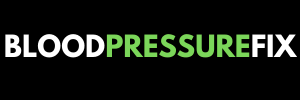People who talk about fitness and dieting talk a lot about goals. I know, because I’m one of them. I’m a big proponent of setting goals and using those goals to measure progress. However, if you’re new to eating right or exercising, you may have no idea what kind of goals to set. So let’s go over the basics.
First of all, any goal you set should be SMART. I’m not using all-caps just for emphasis. It’s an acronym for Specific, Measurable, Attainable, Relevant, and Time-Bound. What does this mean, exactly? First, it should be specific. That just means that you make a particular goal. Instead of something like “I’d like to feel better,” you make a goal like, “I’d like to walk around the neighborhood without getting winded.”
Then it should be measurable. For example, in our neighborhood example, you could measure it in blocks. So you’re walking one block without getting winded, then two, and so on. Every time you walk, you build onto it.
Next, it should be attainable. There are a lot of people out there who are making incredible promises related to diet and exercise. However, many people who try these methods will fail, because these methods are not attainable. So, sorry, but you’re probably not going to walk to the next town without needing to rest. But you can manage your neighborhood.
On a related note, your goal should be relevant. If you’re trying to cruise the neighborhood, for example, you don’t need to start deadlifts to accomplish this. While weight-lifting does have many benefits, you don’t need it to build endurance for walking around the neighborhood. So that wouldn’t be relevant to this goal.
Finally, your goal should be time-bound. That means that you are setting the goal so that you will accomplish it in a certain amount of time. It doesn’t have to be a short period, either. This goal is attainable, after all, so make every part of it attainable. Now, go set some goals



